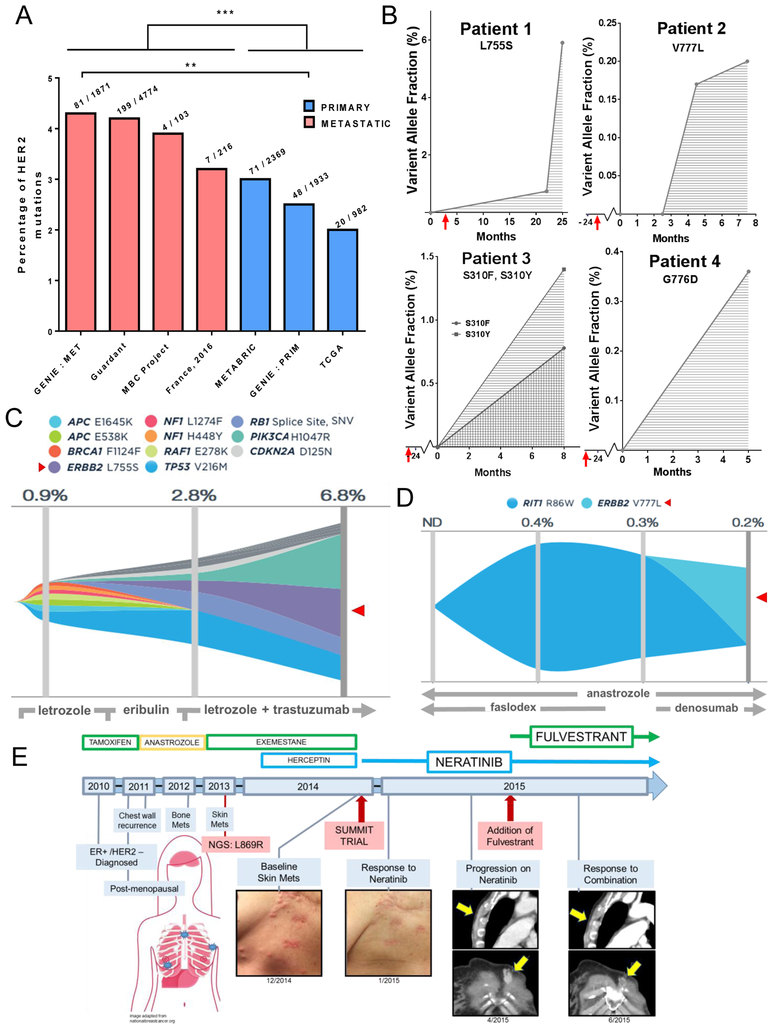Fig. 1. ERBB2 mutations predominantly occur in ER+ breast cancer after progression on endocrine therapy.
(A) Percent of ERBB2 mutations stratified by tumor type (primary vs metastatic) using online databases in cBioPortal (GENIE, TCGA, METABRIC, MBC Project, and France 2016) and the Guardant Health database. Statistical analysis was carried out comparing the frequency of ERBB2 mutations in primary vs metastatic tumors (in the case of Guardant Health in plasma from patients with or without metastatic disease) of all pooled databases (***p<0.001, chi-square test with Yates’ correction), and among the GENIE database, separately (**p<0.01, chi-square test with Yate’s correction). Numbers above each bar graph indicate ERBB2 mutations over sample size in the denominator. B) Plasma tumor ctDNA in the Guardant Health database from patients with ER+/HER2-negative (HER2 non-amplified) breast cancer that developed ERBB2 mutations after extended periods of endocrine therapy. Red arrows indicate the start of endocrine therapy. Time point 0 represents the first analysis of plasma ctDNA. (C) Mutational landscape of Guardant patient 1 with cancer harboring ERBB2L755S (red arrow) with corresponding treatment course. Please note that this patient’s tumor was not HER2 amplified but received trastuzumab after the emergence of the L755S mutation. (D) Mutational landscape of Guardant patient 2 with cancer harboring ERBB2V777L (red arrow) with corresponding treatment course. (E) Clinical course of patient with ER+ lobular breast cancer with ERBB2L869R after primary treatment with aromatase inhibitors. Following excellent response to neratinib, patient progressed with new bone and lymph node metastases. Upon addition of fulvestrant to neratinib, patient exhibited a prolonged response to the combination.

